Mostly Mute Monday: The Galaxy’s Fireworks
A look at our galactic plane in the infrared reveals nebulae, explosions and new stars as never before.
“That, then, is loveliness, we said,
Children in wonder watching the stars,
Is the aim and the end.
Being but men, we walked into the trees.” –Dylan Thomas
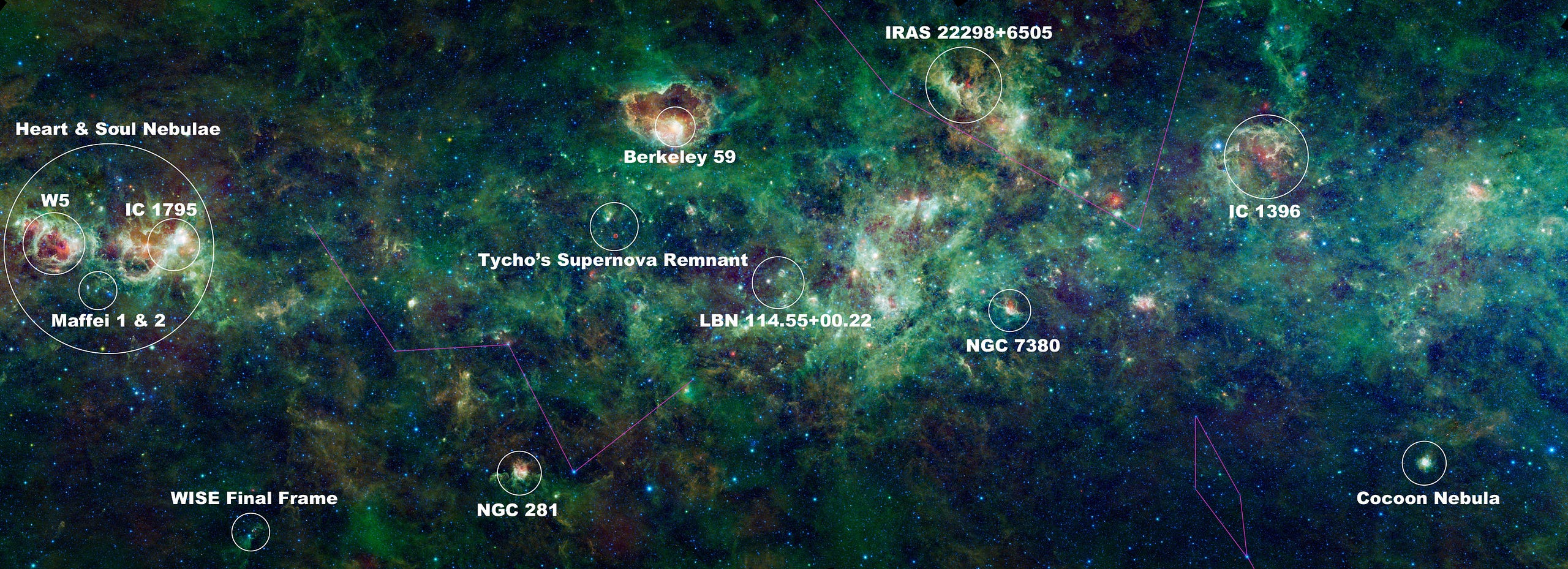
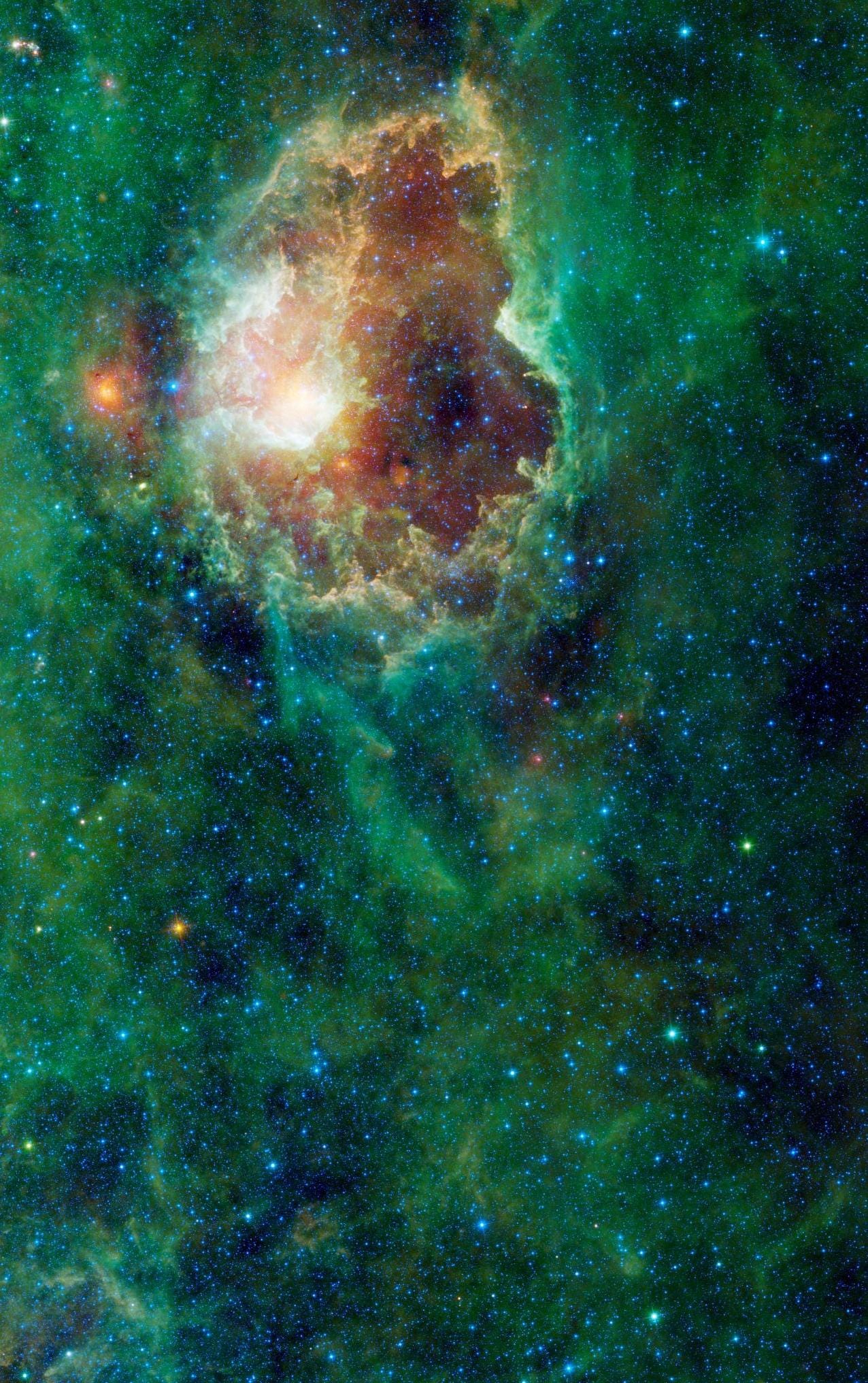
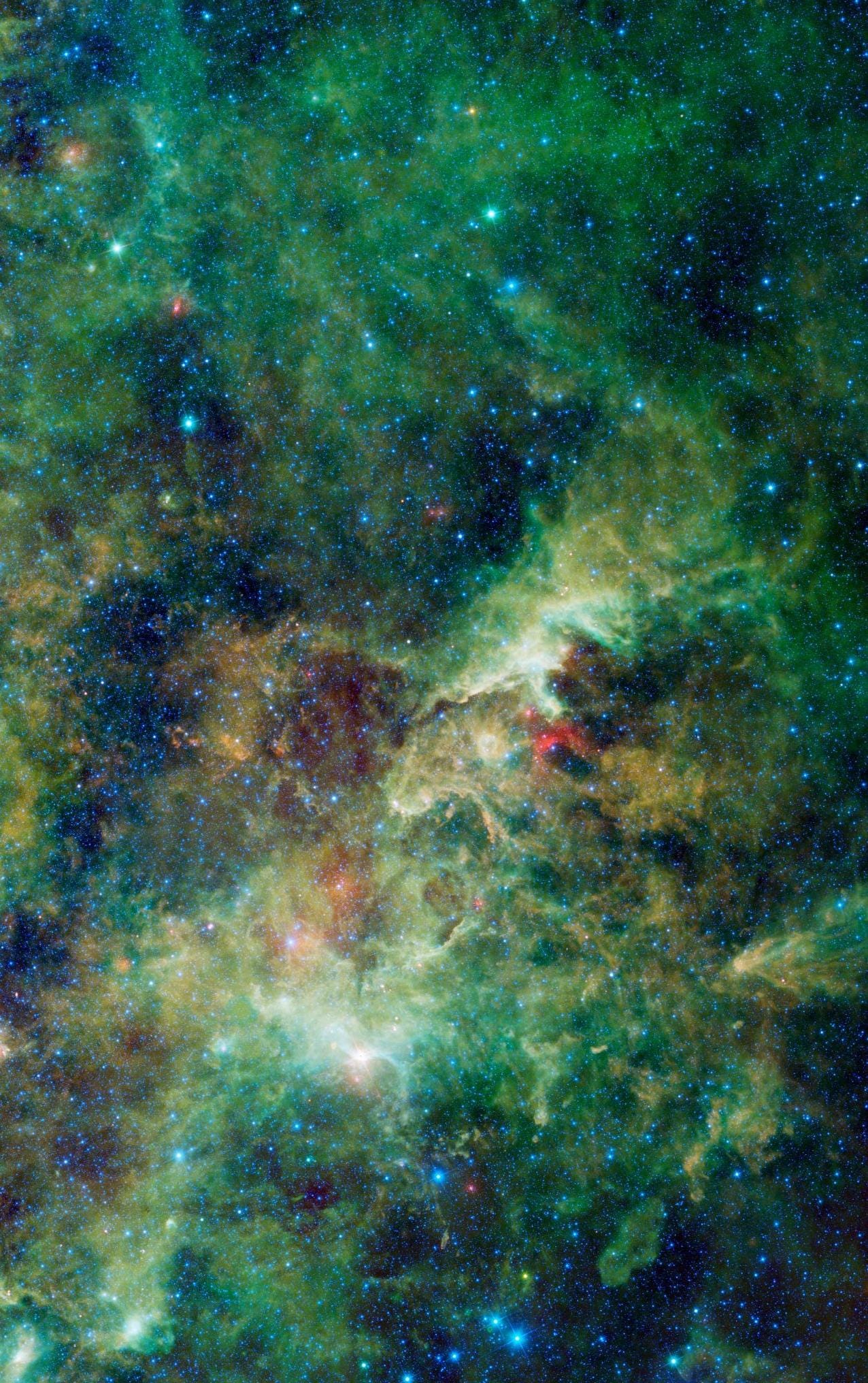
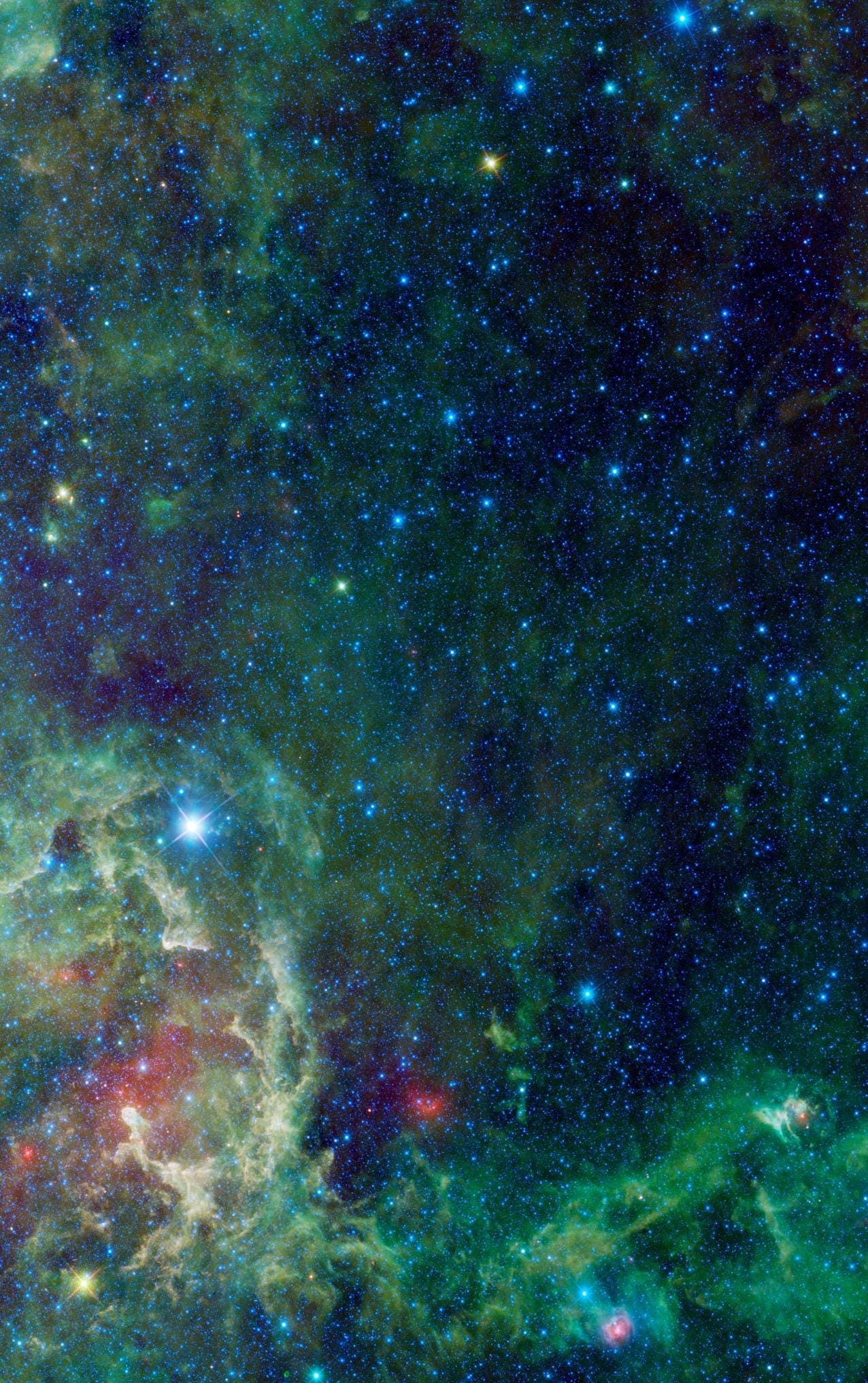

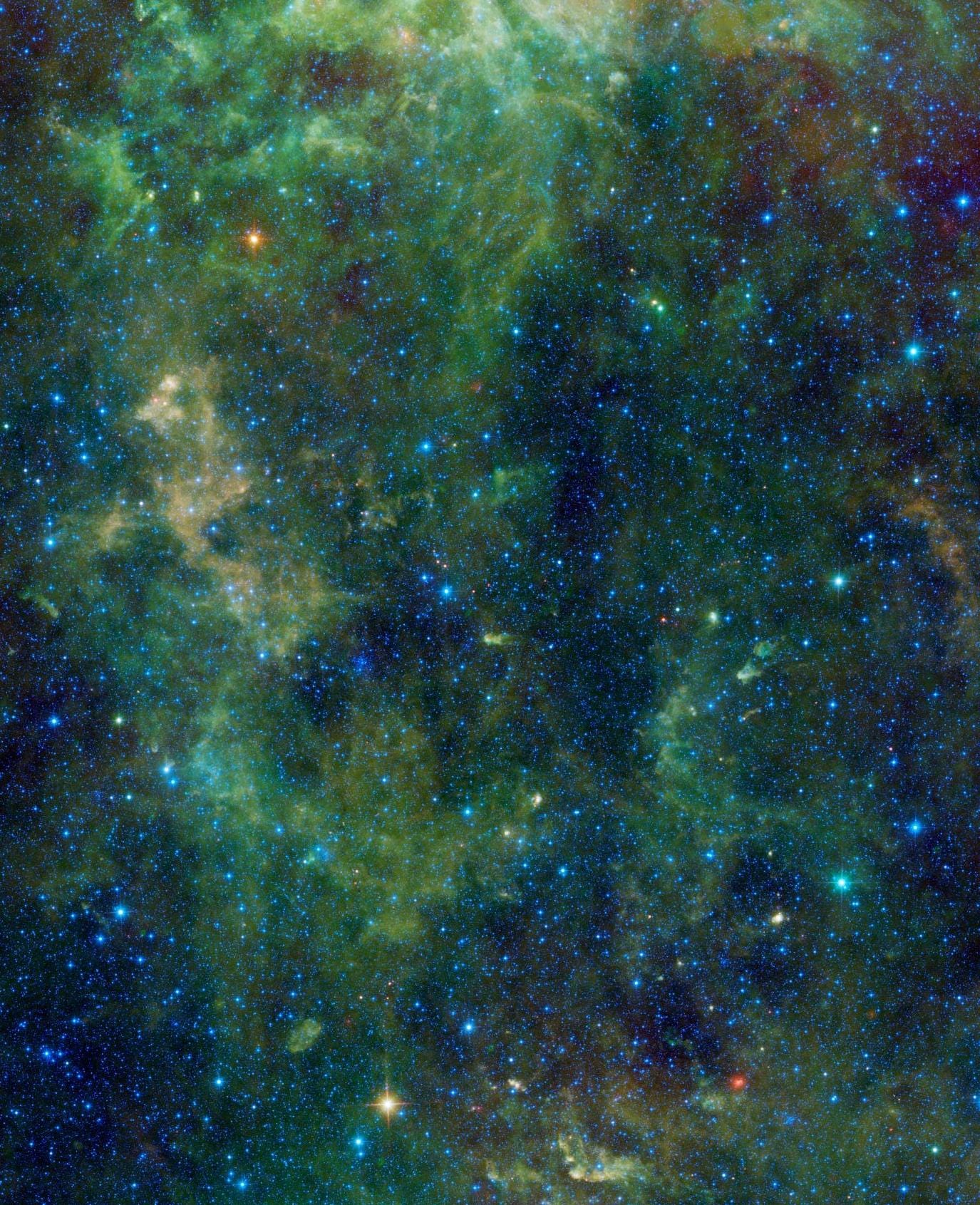
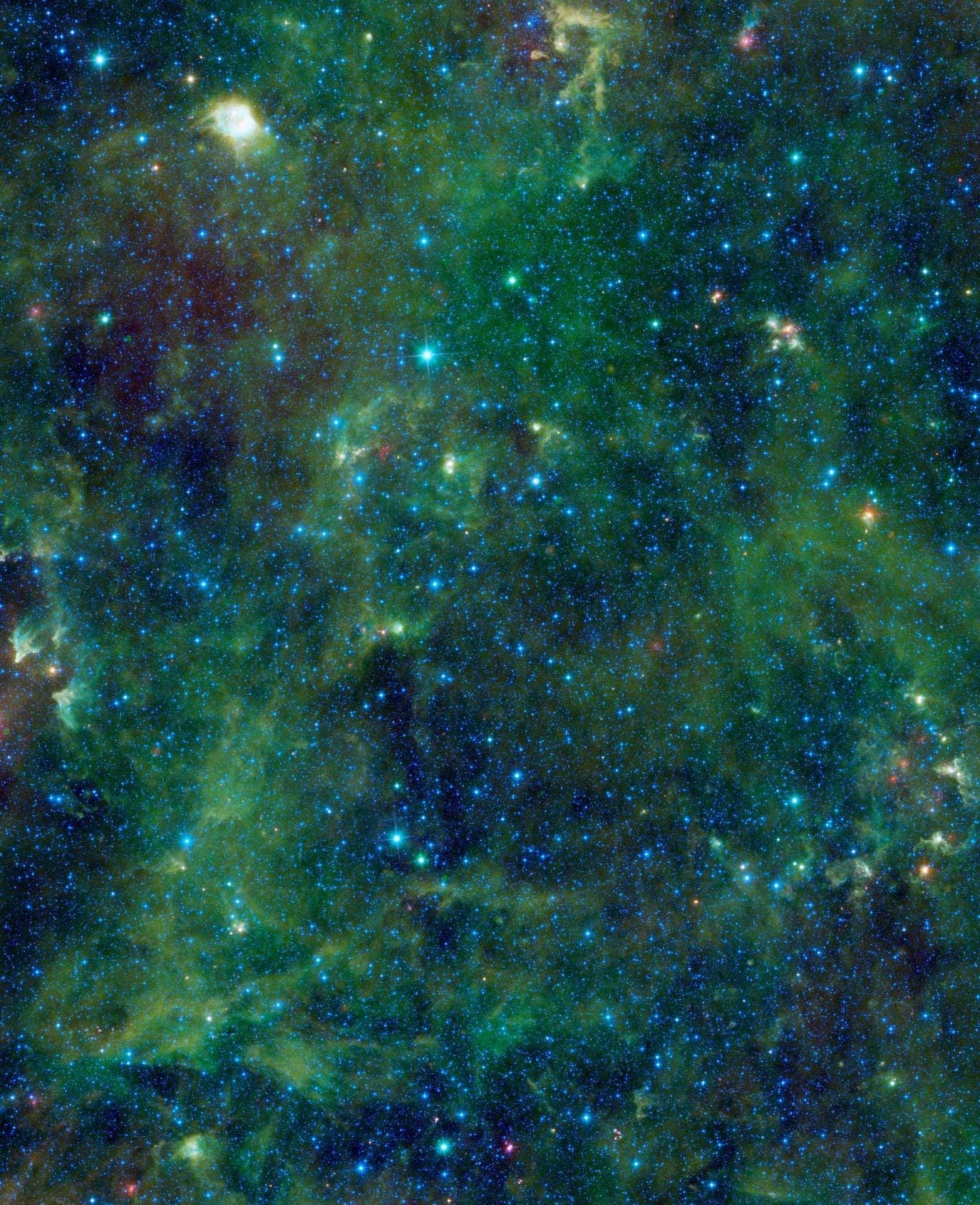
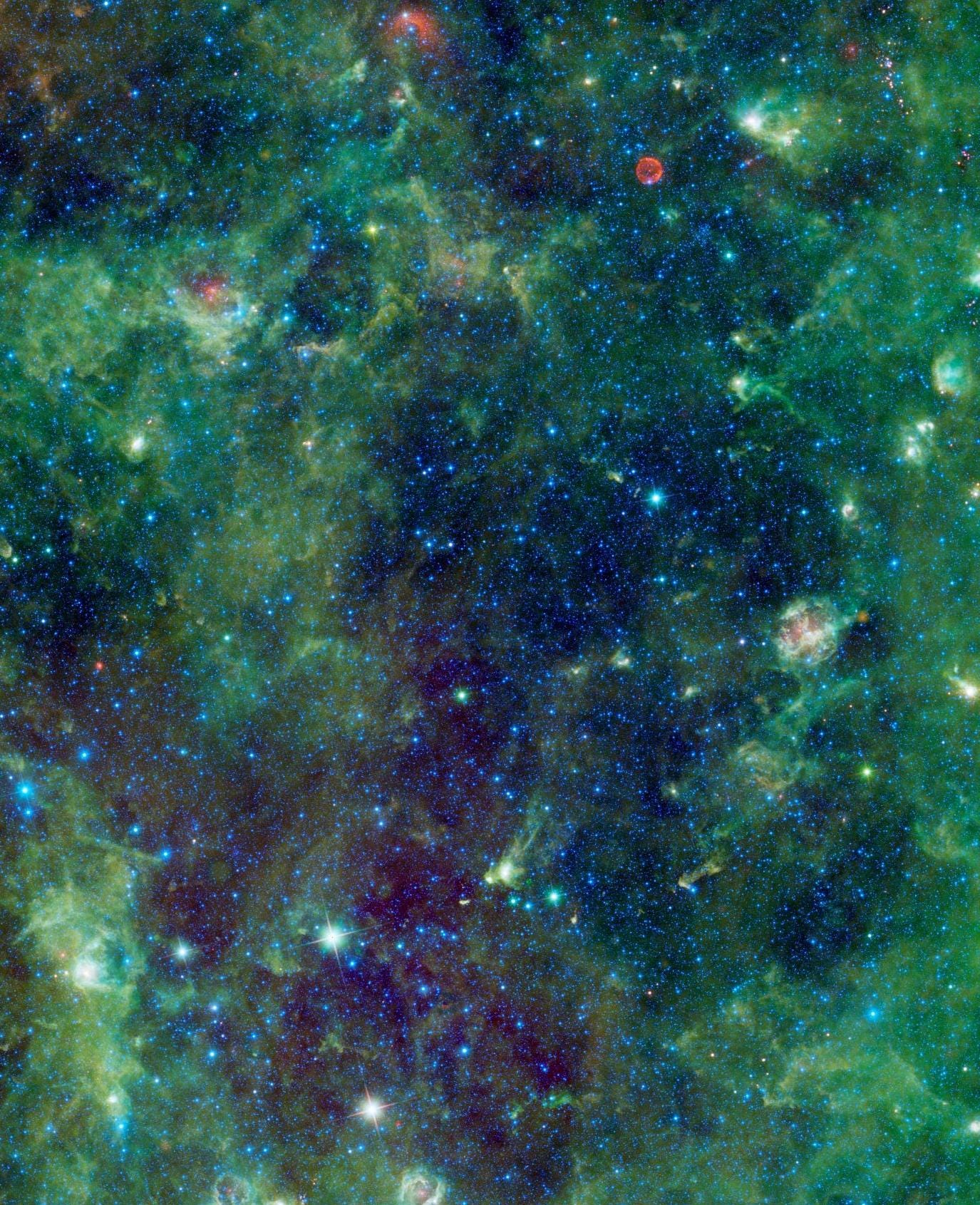
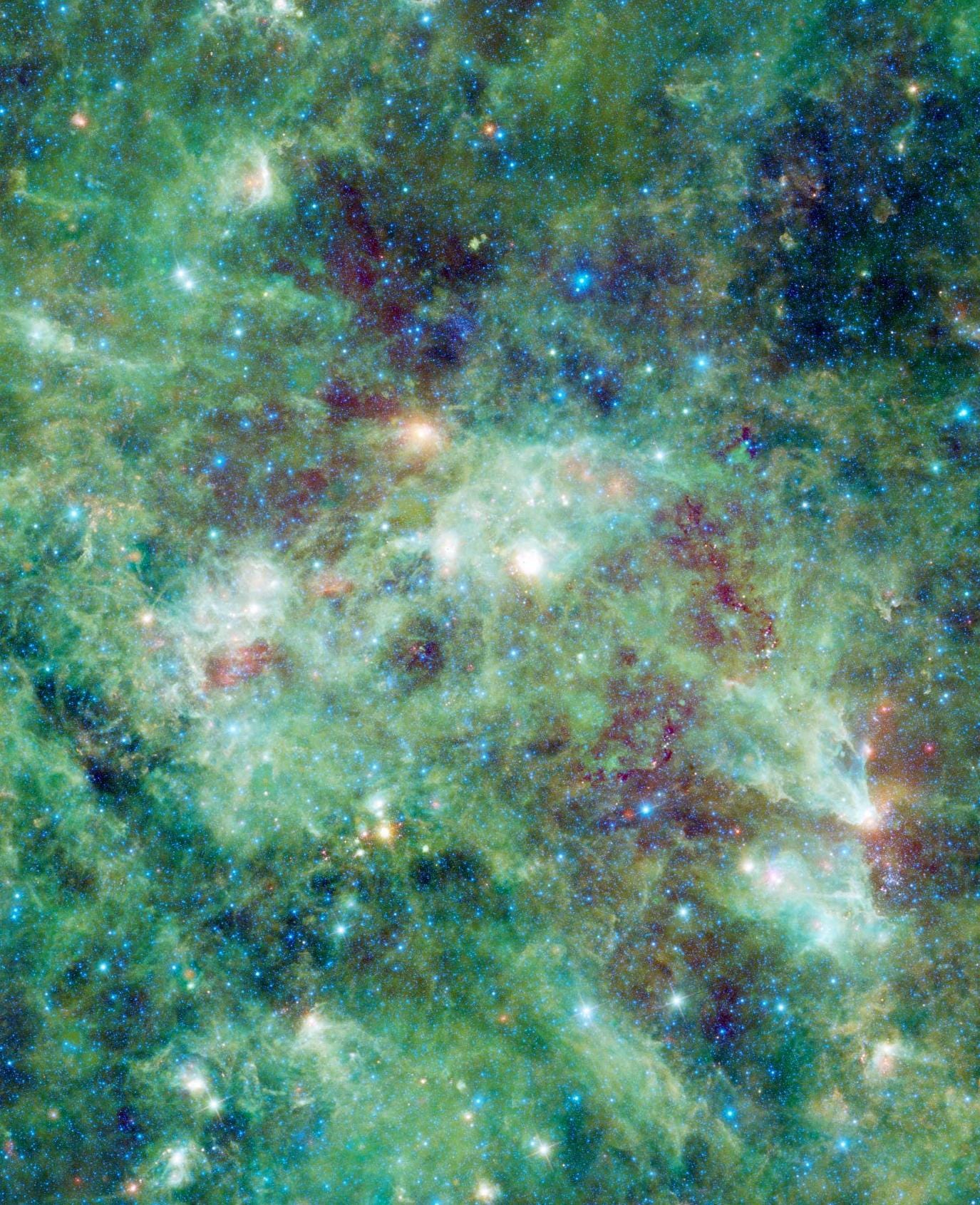
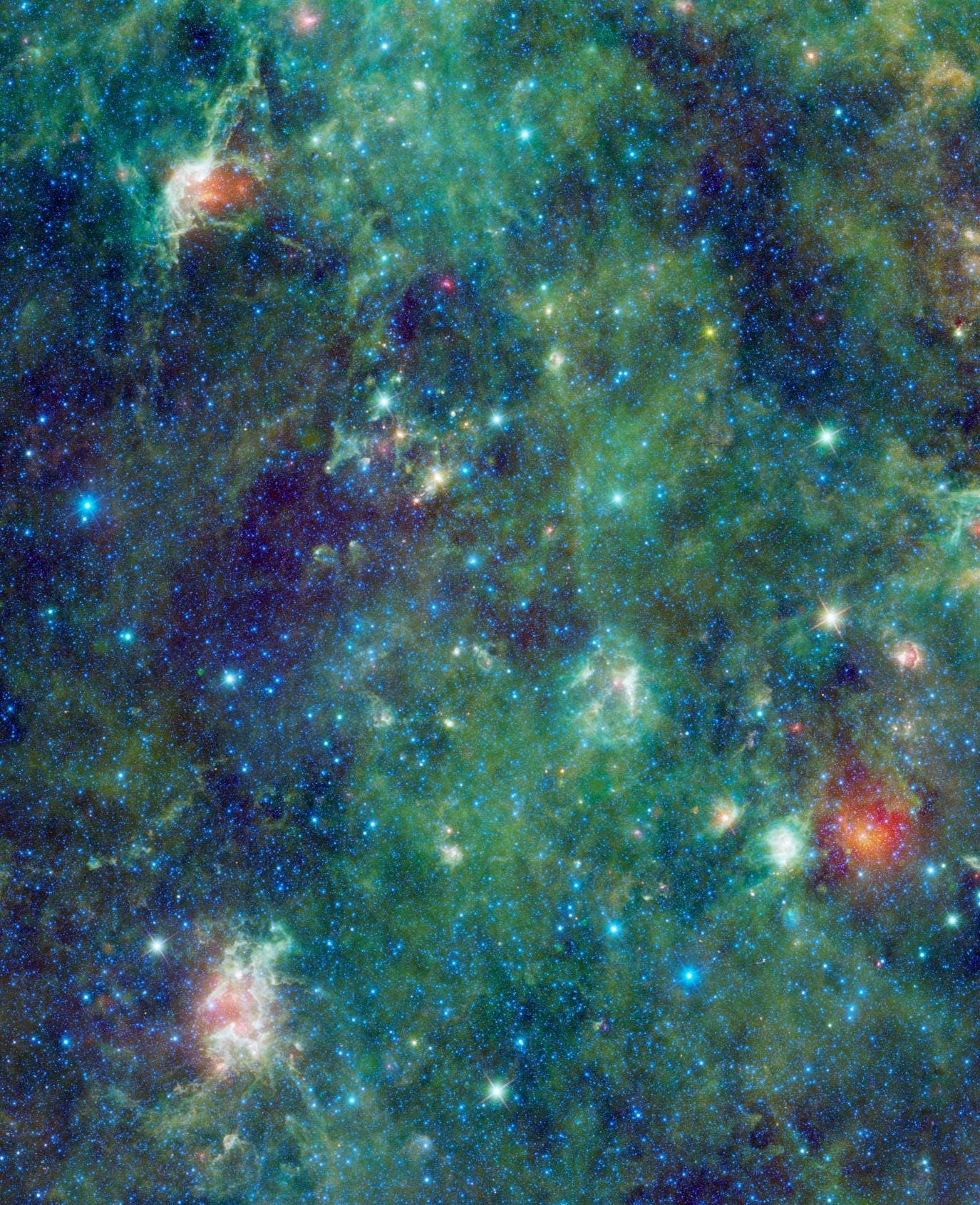
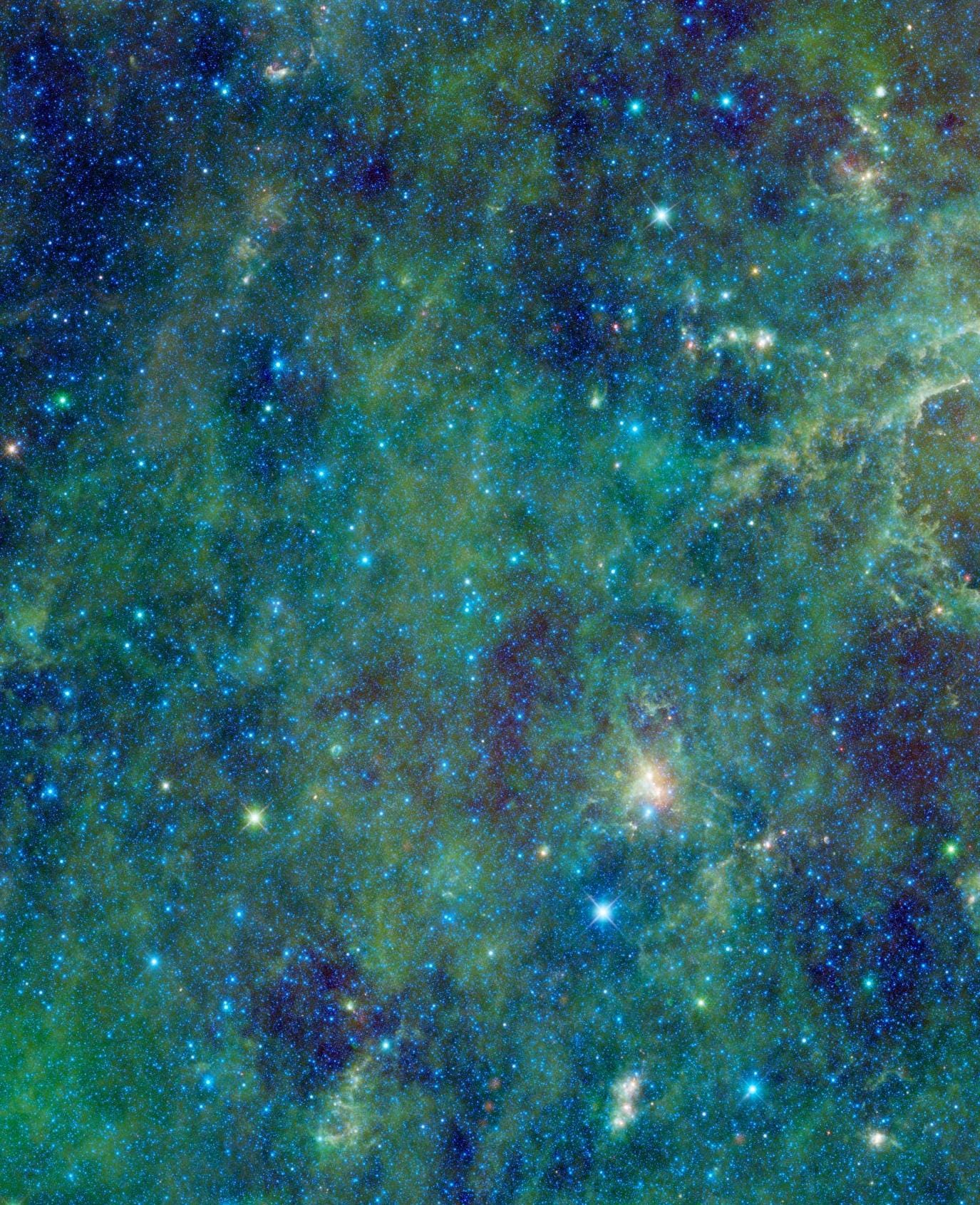
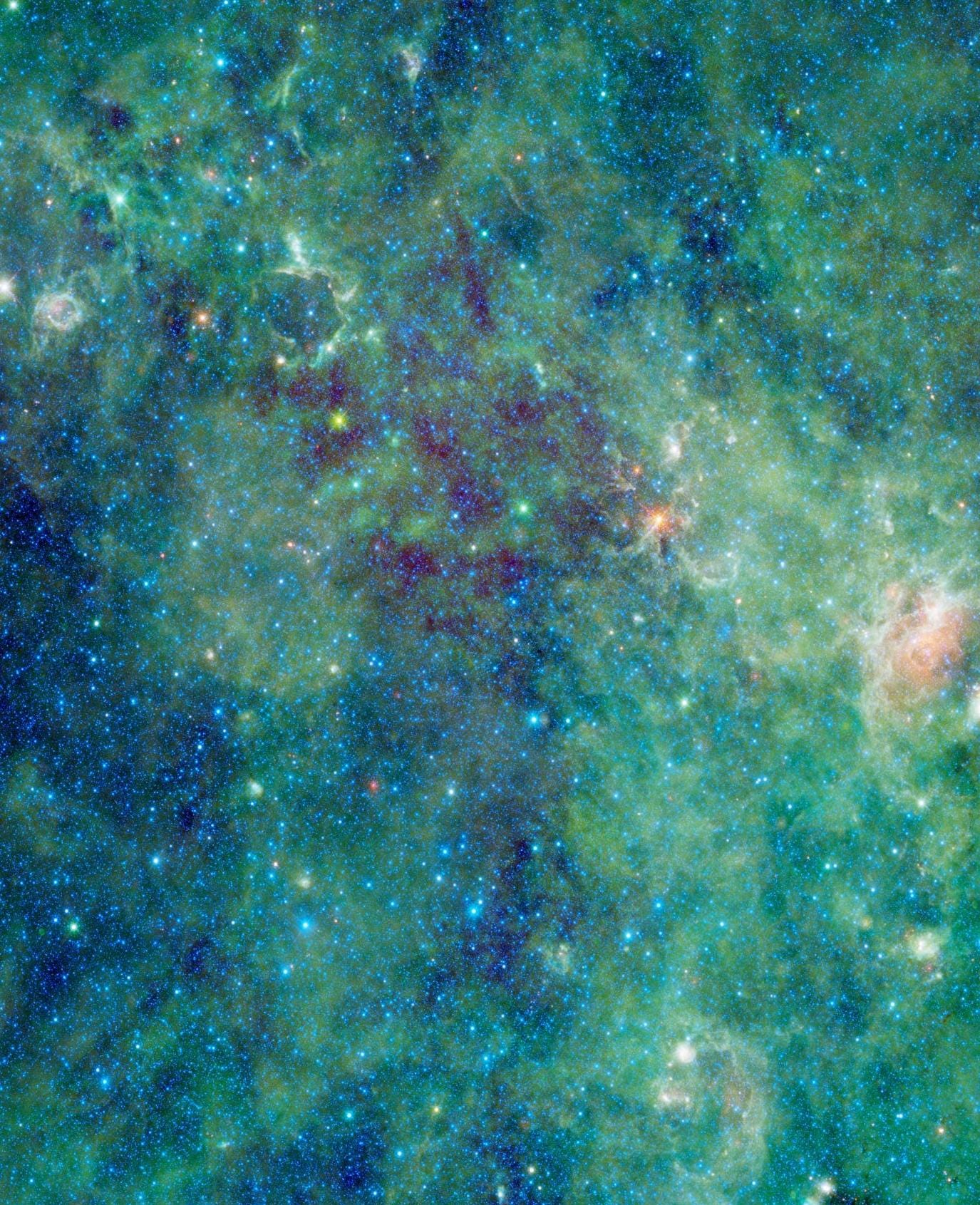
A towering sight in the night sky, the Milky Way appears as nothing more than a diffuse band of stars and dark dust lanes in visible light, littered by the occasional star cluster or nebulous object. But in the infrared, the true complexity of the structure of new star-forming regions, neutral gas, young clusters and stellar remnants are revealed in ways visible light could never hope to match.
In addition, run-of-the-mill stars are revealed in interesting, new ways: the dimmest, reddest stars shine brilliantly in the infrared, while the red giants — normally outshone by hot, young blue stars in the visible — appear brightest of all. Below, close-ups of many of the different nebulae in the constellations of Cassiopeia and Cepheus are revealed by NASA’s Wide-field Infrared Survey Explorer (WISE), which operated for a mere 13 months in surveying the entire sky. These sights include the Wizard Nebula, the Cosmic Rosebud, the Heart & Soul Nebulae, the Pacman Nebula, Tycho’s Supernova Remnant, and the final frame observed by WISE: a collection of galactic stars.
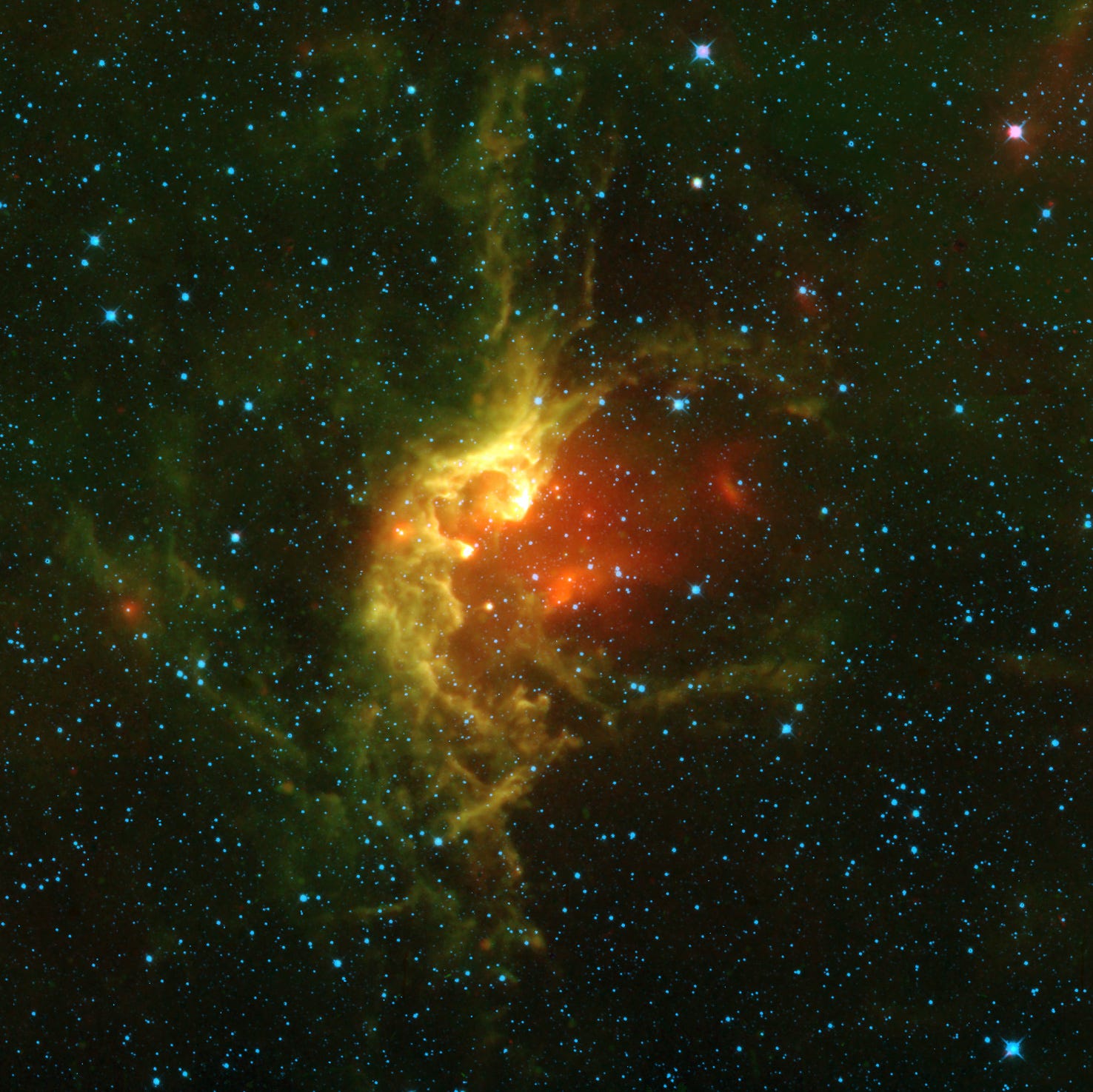
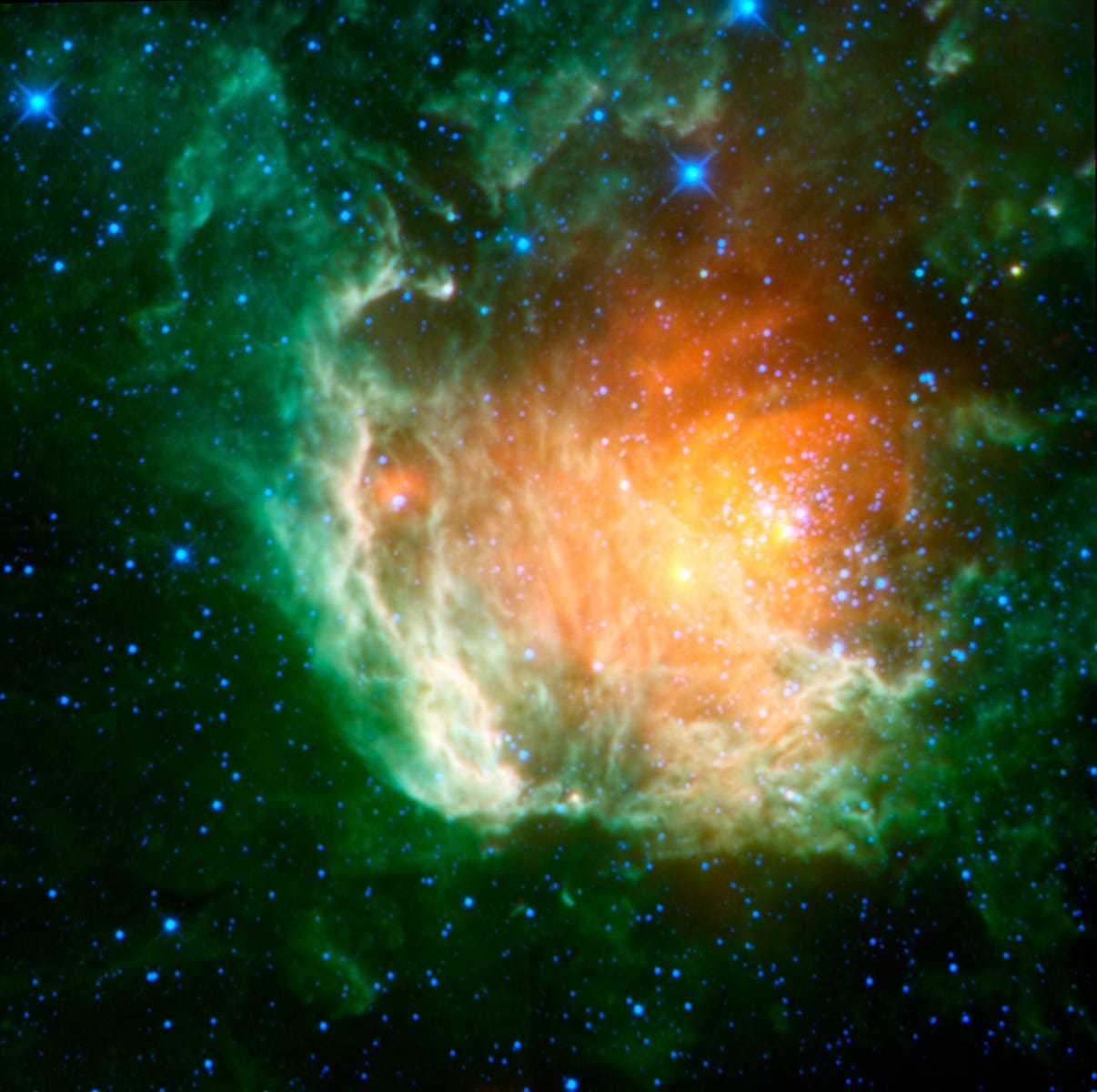
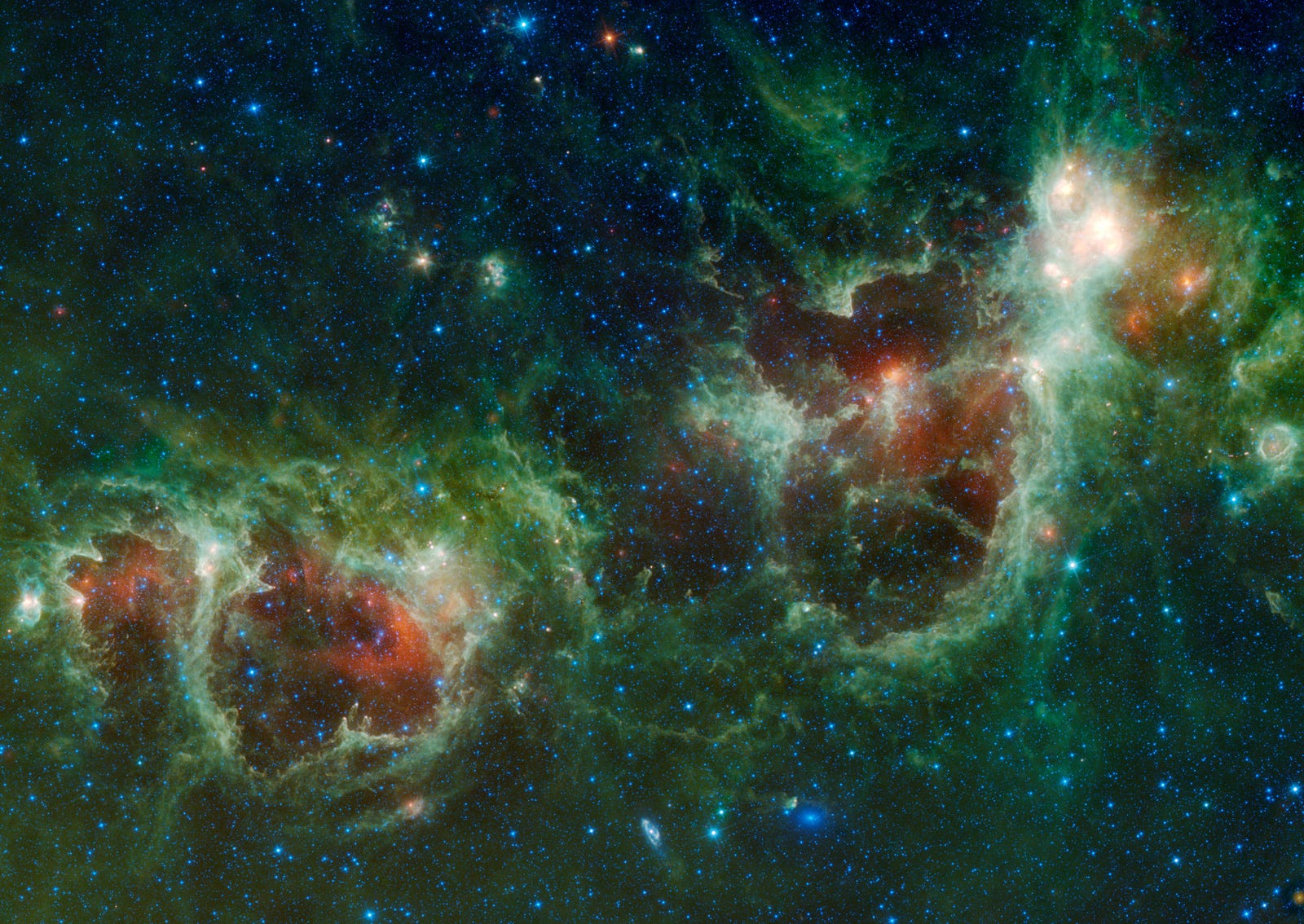
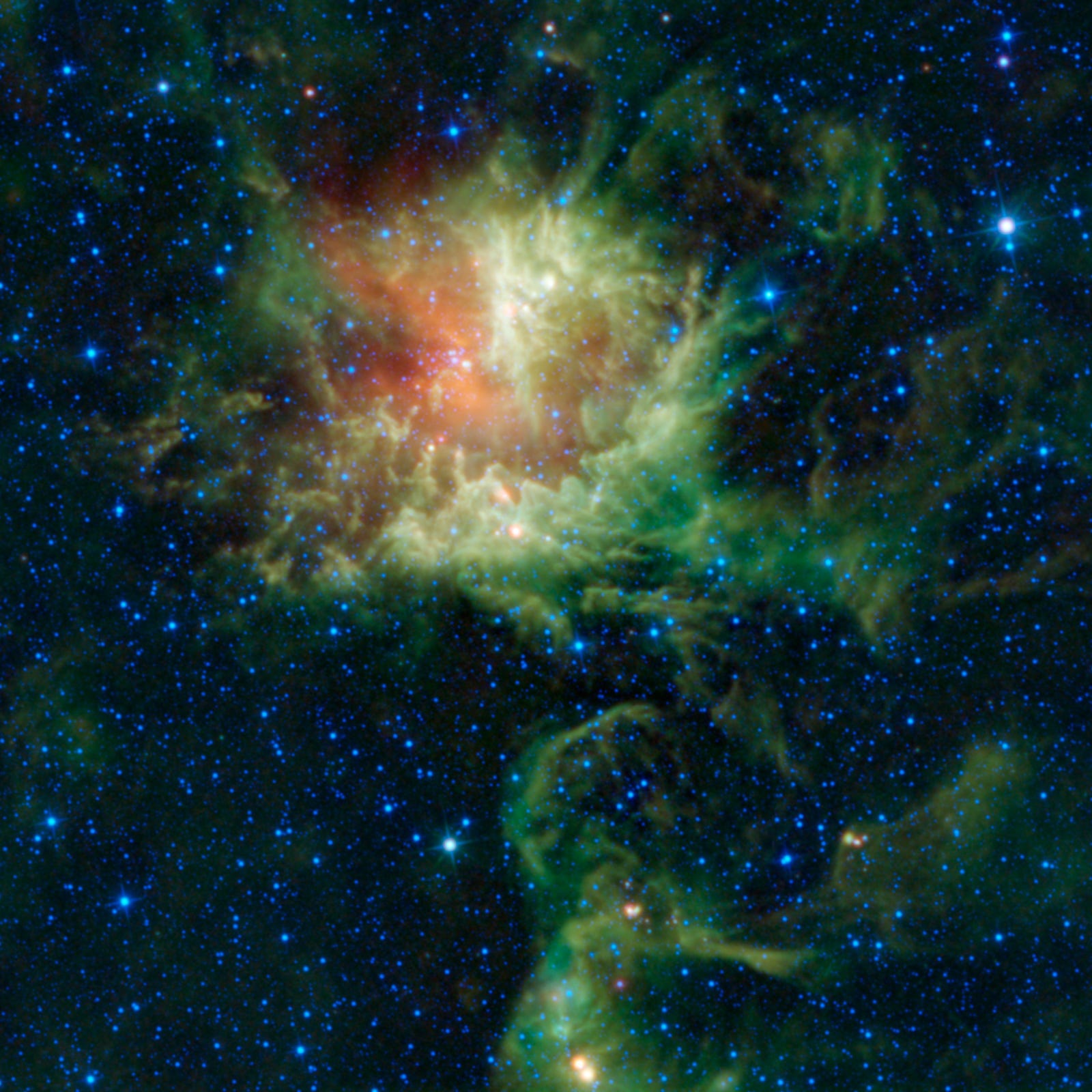
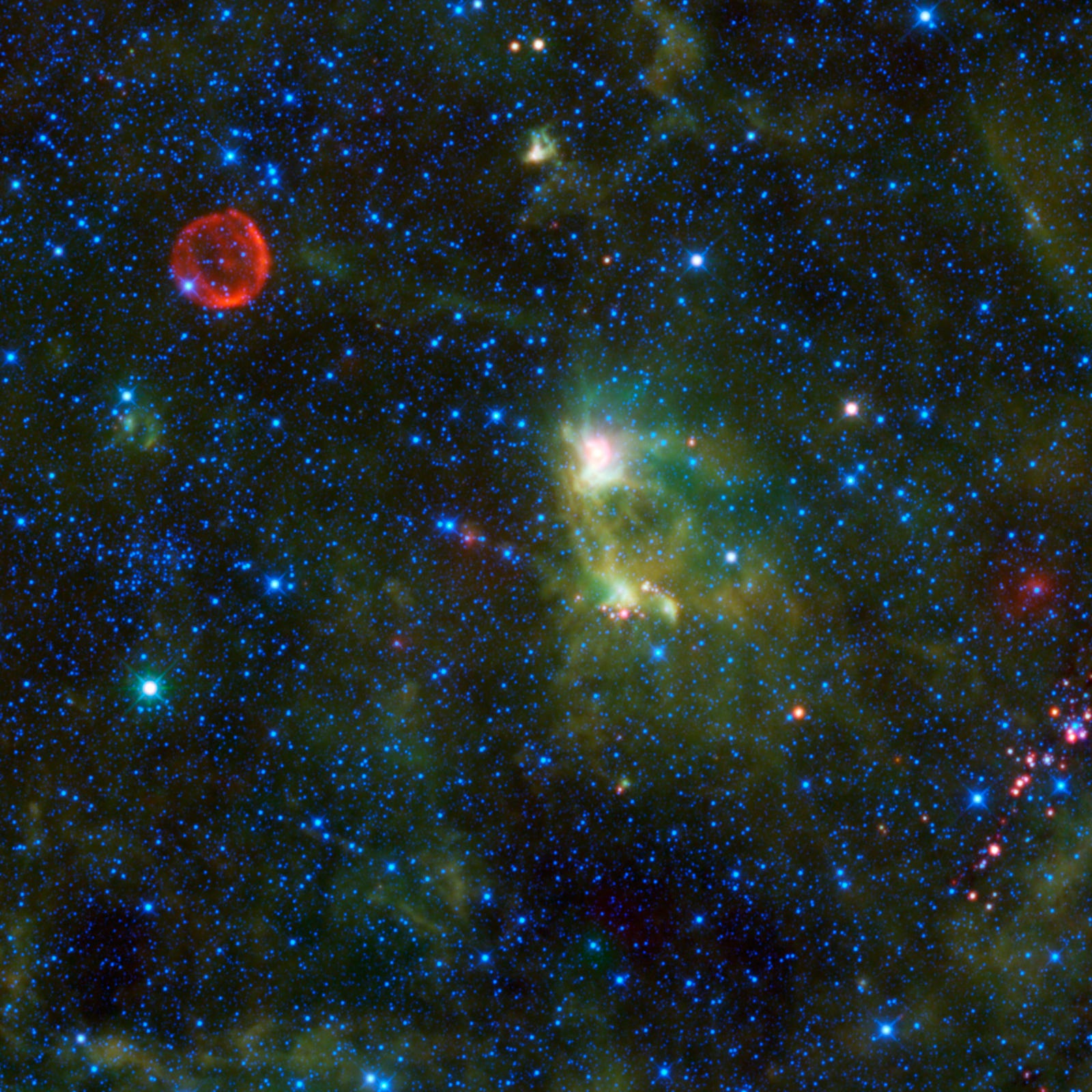
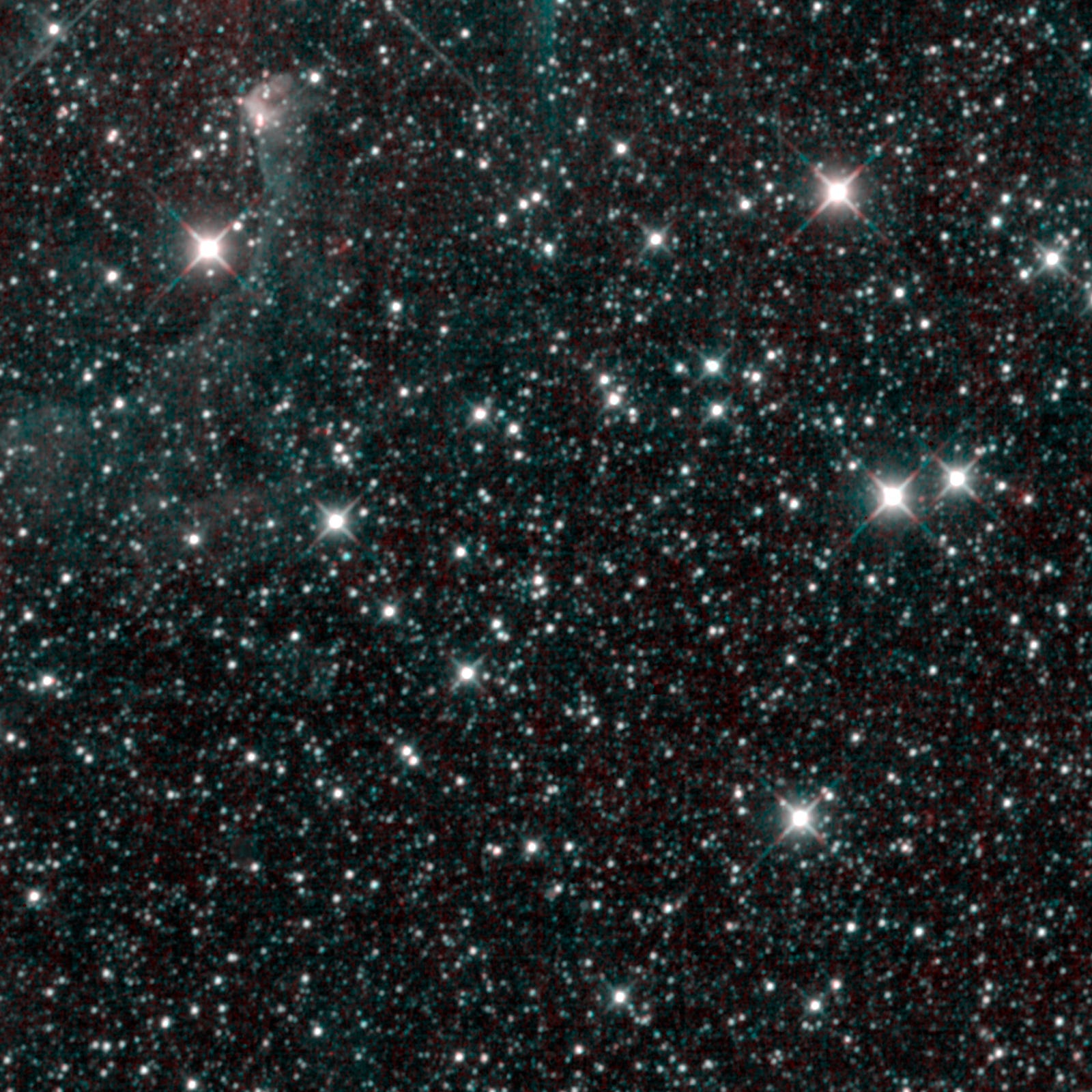
Mostly Mute Monday tells the story of a single astronomical phenomenon or object in visuals, images, video and no more than 200 words.
Leave your comments on our forum, and support Starts With A Bang on Patreon!




